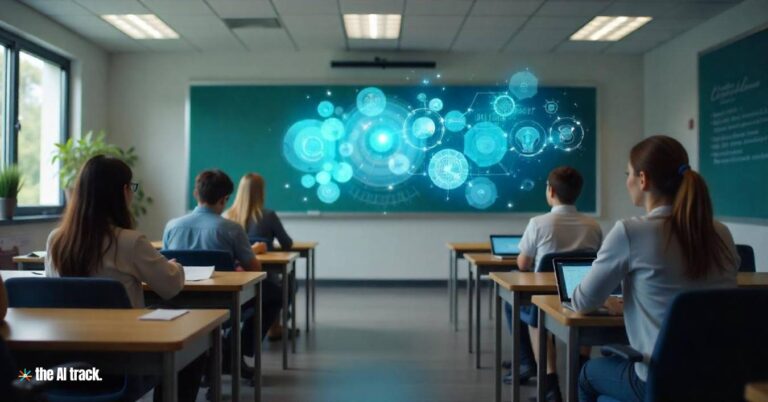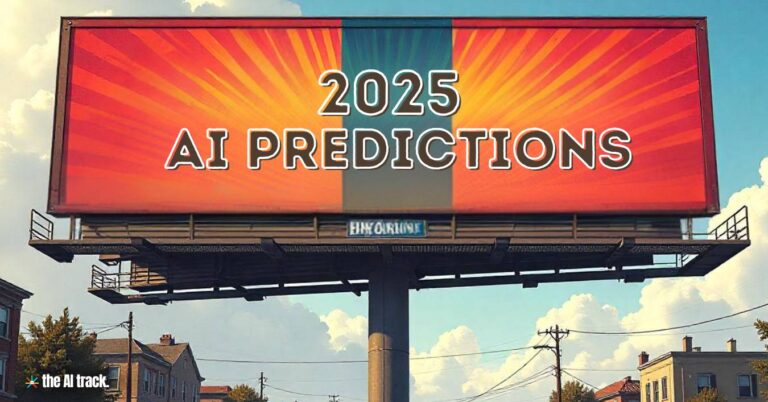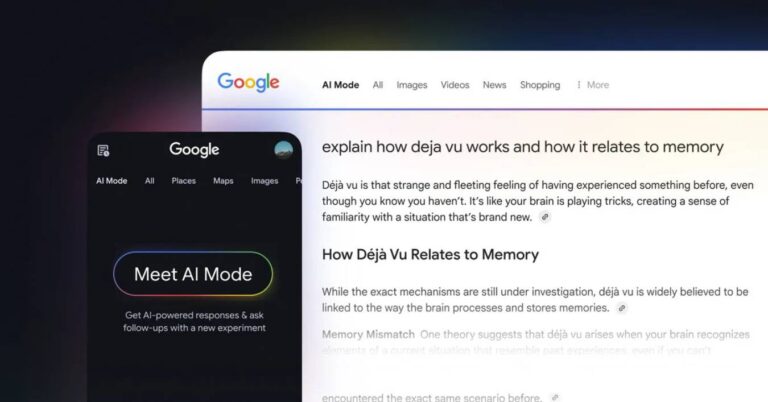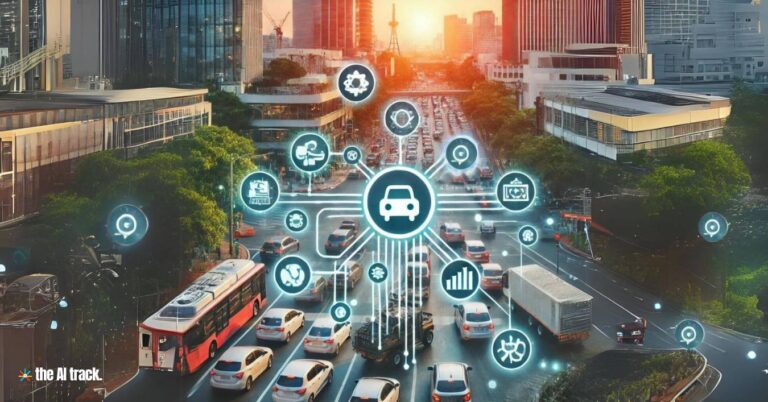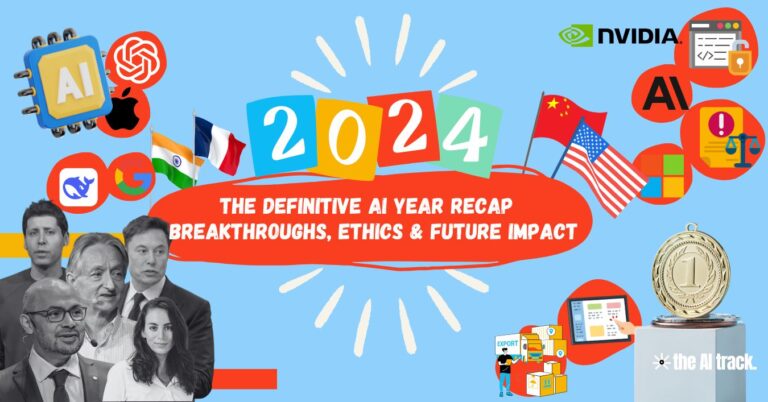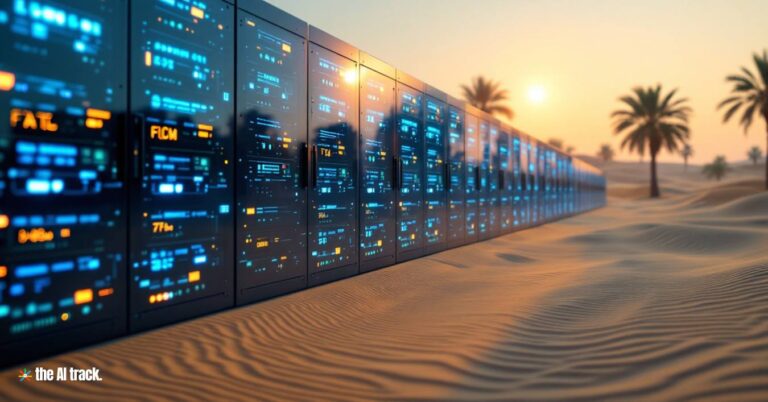The 2024 Nobel Prize in Chemistry honors three scientists—David Baker, Demis Hassabis, and John Jumper—for groundbreaking advancements in understanding and creating protein structures using artificial intelligence. Their work has significantly advanced fields like drug design, vaccine development, and fundamental biological research.
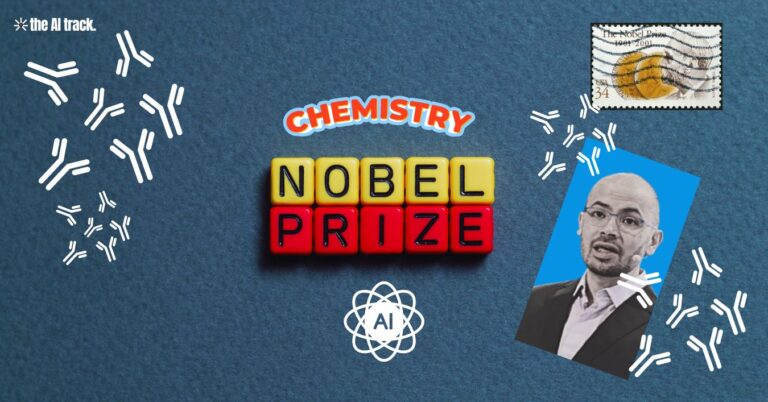
2024 Nobel Prize in Chemistry – Key Points
Award Details:
- Recipients:
- David Baker (University of Washington) for his pioneering work in computational protein design.
- Demis Hassabis and John Jumper (Google DeepMind) for their development of AlphaFold, an AI model that accurately predicts protein structures.
- Prize Distribution: One half of the prize is awarded to David Baker, and the other half is jointly shared by Demis Hassabis and John Jumper.
The Significance of Protein Research:
- Proteins are essential molecular machines in biological systems, composed of 20 types of amino acids that fold into 3D structures to function.
- Accurate knowledge of a protein’s 3D shape is critical for understanding its role in life processes and designing new therapeutic drugs.
- Predicting protein structures from amino acid sequences had been a challenge for over 50 years due to the vast number of potential structures each protein could take.
Major Contributions:
- AlphaFold by Hassabis and Jumper:
- Developed at Google DeepMind, AlphaFold uses AI to predict the 3D structure of proteins from their amino acid sequences.
- It reached 90% accuracy in the 2020 CASP competition, making it almost as effective as traditional X-ray crystallography.
- AlphaFold has mapped structures for nearly all of the 200 million known proteins, drastically reducing the time required for such analysis—from years to minutes.
- The model is publicly available, benefiting over 2 million researchers worldwide as of October 2024.
- David Baker’s Work:
- Baker’s research led to Rosetta, a software program capable of designing new proteins from scratch, not just analyzing existing ones.
- His team created Top7, the first protein with a structure not found in nature, proving the potential for creating entirely new molecular machines.
- This de novo protein design opens avenues for novel treatments, biodegradable materials, and advancements in synthetic biology.
Impact on Science and Society:
- Medical and Industrial Applications:
- AlphaFold and Rosetta can accelerate the development of new drugs, vaccines, nanomaterials, and biodegradable materials.
- This technology enhances understanding of diseases like antibiotic resistance and could help design targeted therapies.
- The ability to visualize protein structures quickly allows scientists to address challenges like climate change by exploring microbes that can break down plastics.
- Historical Context:
- Advances in understanding protein structures began with X-ray crystallography in the 1950s by John Kendrew and Max Perutz, who won the Nobel Prize in 1962.
- Christian Anfinsen‘s research in the 1960s demonstrated that a protein’s shape is encoded in its amino acid sequence, earning him the Nobel Prize in 1972. However, predicting this shape computationally remained unsolved until AlphaFold’s breakthrough in 2020.
Conclusion:
The 2024 Nobel Prize in Chemistry celebrates a new era in protein science, where artificial intelligence enables researchers to uncover biological secrets and engineer new proteins at a scale never before possible. The work of Hassabis, Jumper, and Baker is transforming not just biochemistry but also fields as diverse as medicine, environmental science, and biotechnology, with far-reaching benefits for humanity.
Read a comprehensive monthly roundup of the latest AI news!
The AI Track News: In-Depth And Concise
Sources
The Nobel Prize in Chemistry 2024 | NobelPrize.org

